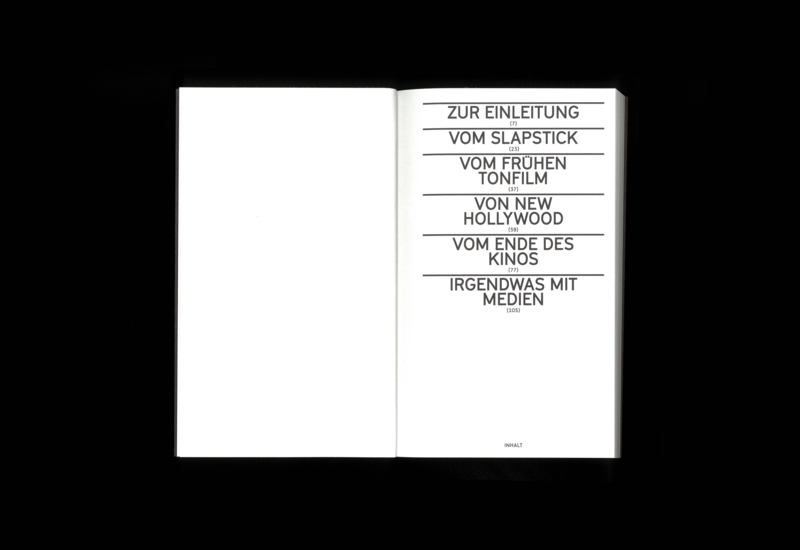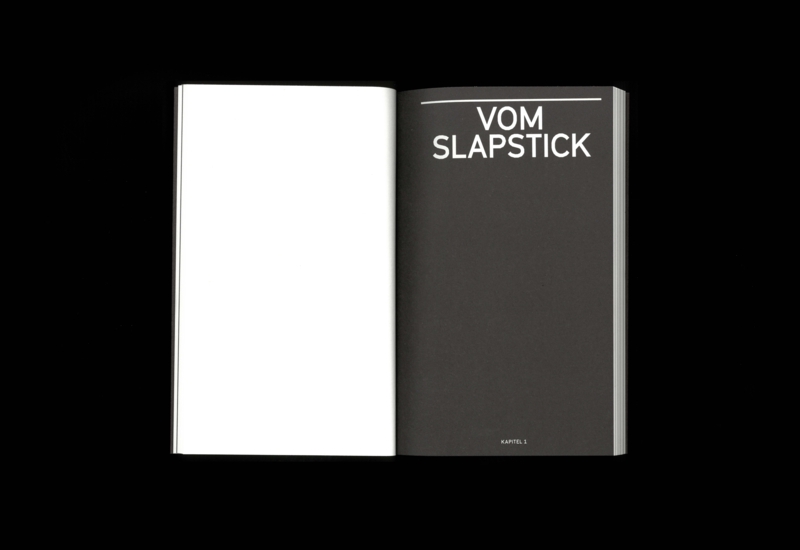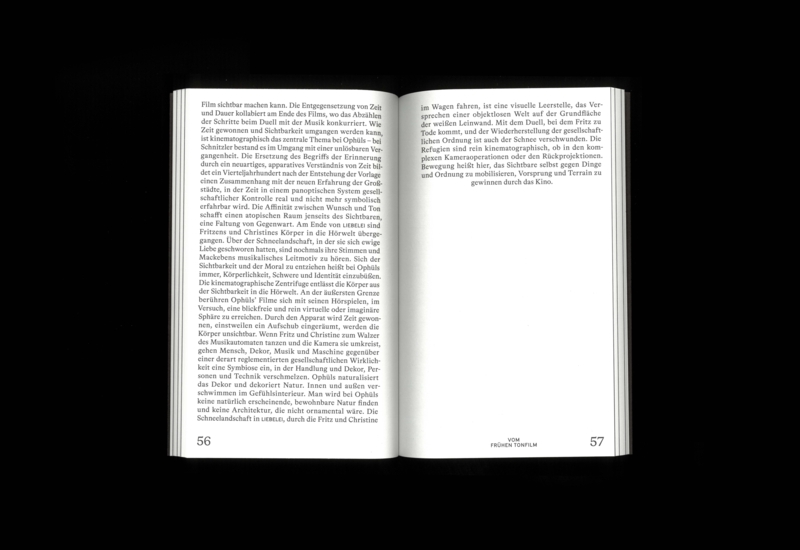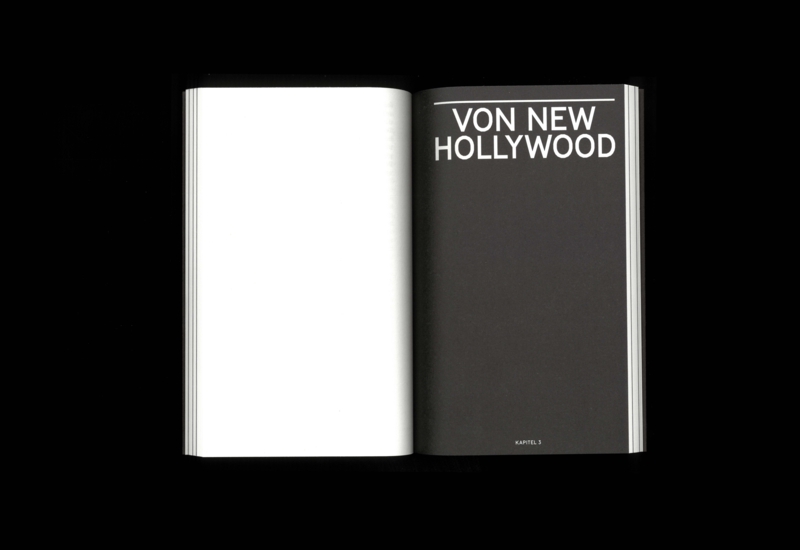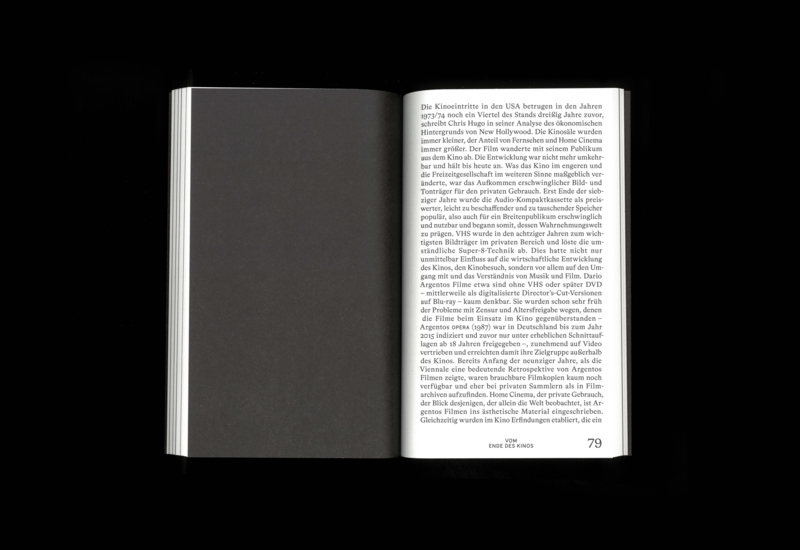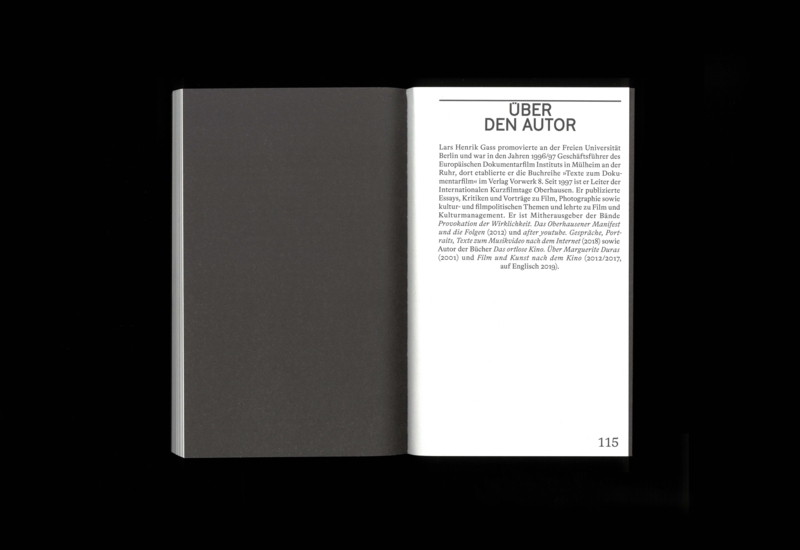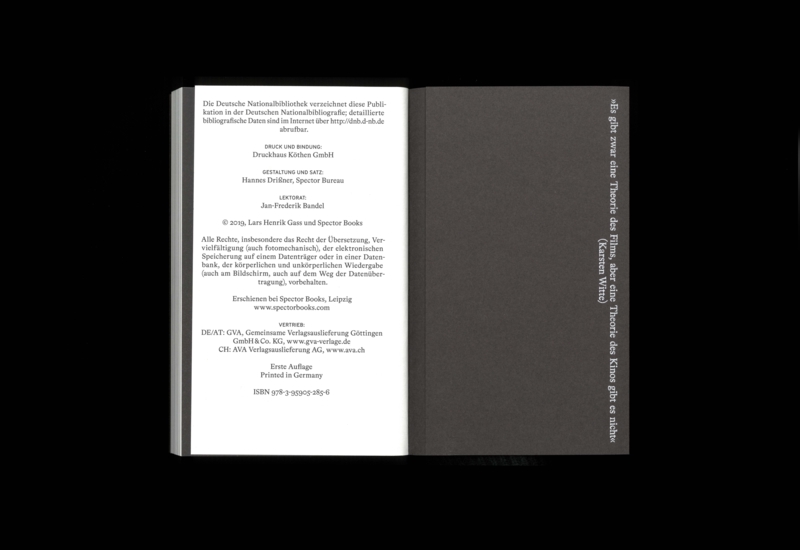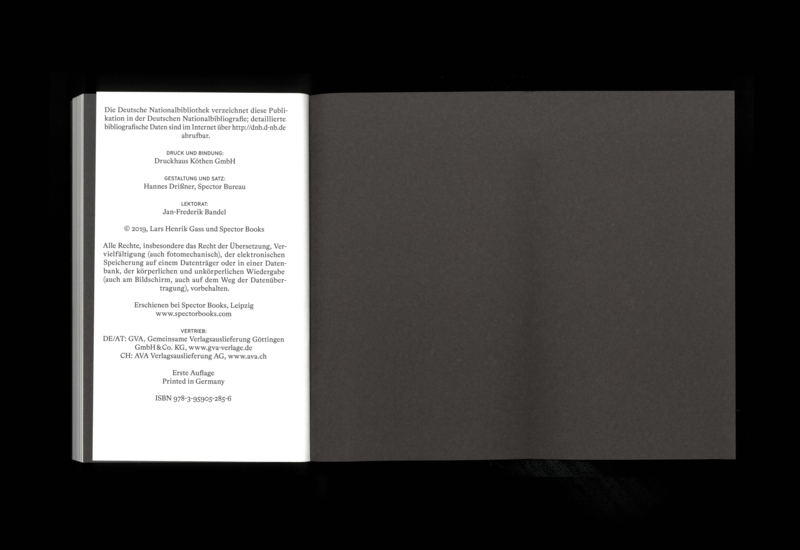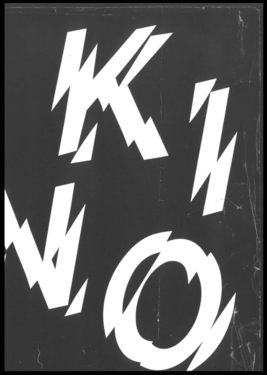The way cinema was viewed and understood is stored in the films that have been made and can be deductively read from the historical record they preserve. Cinema has repeatedly, irregularly, and completely spontaneously given clues about how it wanted to be seen and how it was to be understood. In its images, it laid down references to an altered reality and was, for that matter, the point of access to this reality, while at the same time reflecting the relationship to the audience in the forms that it took. The book thus focuses not so much on an aesthetic appraisal of films, in poetological form, but rather on a somewhat different taxonomy of film history: films as a historical expression of cinema—as expressed in works by Dario Argento, Kathryn Bigelow, Jan de Bont, Merian C. Cooper and Ernest B. Schoedsack, Carl Theodor Dreyer, Dennis Hopper, Buster Keaton, Alan J. Pakula, Sam Peckinpah, Max Ophüls, Martin Scorsese, Mack Sennett, Steven Spielberg, Denis Villeneuve, Haskell Wexler, and Peter Yates.
Lars Henrik Gass, German author and curator, has been director of the International Short Film Festival Oberhausen since 1997 and is a member of numerous juries. He has been responsible for a host of publications, most recently Film und Kunst nach dem Kino, 2017, and after youtube. Gespräche, Portraits, Texte zum Musikvideo nach dem Internet, 2018.



